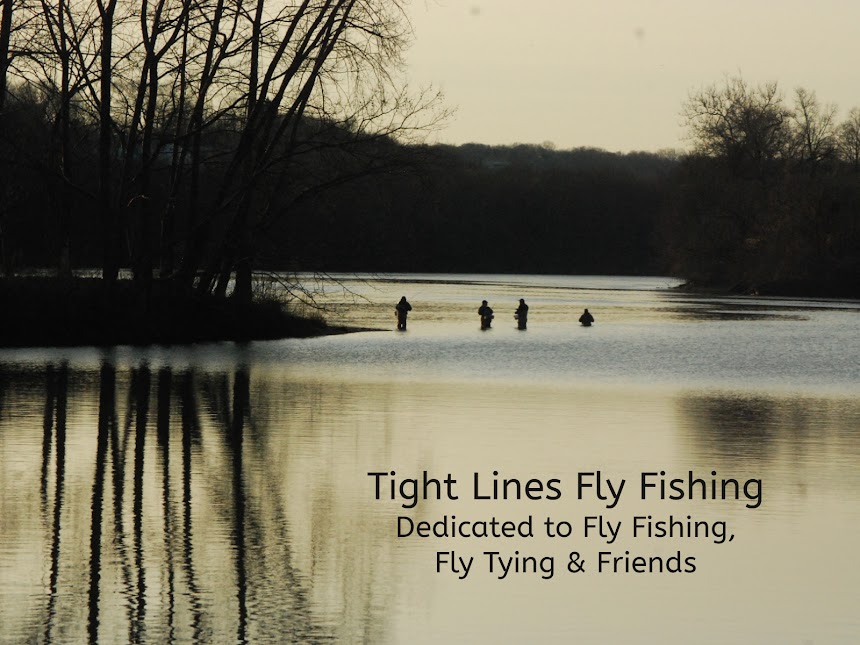Foam Spider
Hook: Risen 9231 in Size
#14.
Thread: Yellow 6/0.
Dubbing: UV2 Fine and Dry Pale Evening Dun.
Body: 2mm Fly Foam in Yellow.
Legs: Round Rubber Legs in Yellow.
Finish: UV Resin.
I love fishing for panfish. It’s a big part of how I learned to fly-fish. You can get away from all the crowds, the action can be fast and furious, and you can improve your casting accuracy and reflexes.
It’s an easy pattern to tie. To tie this fly, begin by preparing the 2mm Fly Foam for your body. You can tie this fly in a variety of colors but by far Yellow has been my biggest producer. You want to cut a strip of foam with a width slightly larger than the hook gap. For the length of the foam cut it so that it is a hook shank length plus+ a hook gap length. This will extend your body past the bend of the hook. Once you cut the proper width and length for your body, you can use that piece of foam as a template to cut additional pieces for flies.
Take a prepared piece of foam and slightly trim the corners of it on one end. That will be your ‘rounded’ head for the fly. You are now going to trim the rear part for your fly body. Begin your cut halfway down the body. Trim it so that you create a point with an additional cut on the other side of the foam. Try to make the foam as symmetrical as possible. Next, start your thread behind the eye and make some securing wraps. Advance your thread all the way down the hook shank. Cut off the butt end of your thread. Now create a slim dubbing noodle of your UV2 Fine and Dry Pale Evening Dun Dubbing. Dub a slender body all the way up the hook shank. Bring your thread back so that it is ¼ shank away from the hook eye.
You are now going to attach your Foam body to the hook shank. Apply some super glue to the top of your dubbed underbody. Apply the foam body so that the ‘head’ of the fly is even with the hook eye. Take 3 securing wraps around the foam body with your thread and cinch it down. Take additional securing wraps to form a narrow thread band around the foam body.
Next, prepare your rubber legs for the Spider. To tie the legs in, double up a rubber strand and secure it to the top of your spider. The 2 ends of the rubber legs should extend slightly past the end of the body. The ‘loop’ end should extend beyond the hook eye. Ultimately, they will be slightly shorter than the legs at the rear. After taking a few securing wraps, cut your loop in half. You will now have a set of legs for each side of your fly. Adjust each leg so that it is secured on each side of the foam body. Make sure they are symmetrical and are horizontal to the foam body. You may need to trim them a little. Again, the back legs should extend slightly beyond the body. The front legs are slightly shorter. Whip finish your fly at the leg tie in point. Now apply UV Resin to your thread wraps and the joints where your legs meet the body. Angle your rear legs rearward and your front legs forward. Cure it with your UV Lamp. Finally, lift the head of the fly slightly and apply UV resin under the head. Cure it with your UV Lamp and you’re finished.
McFly Angler has a great instructional video on how to tie this fly below:
If you have any questions about this fly or would like to
submit a Fly of The Month I can be reached at pdinice@frontier.com .



